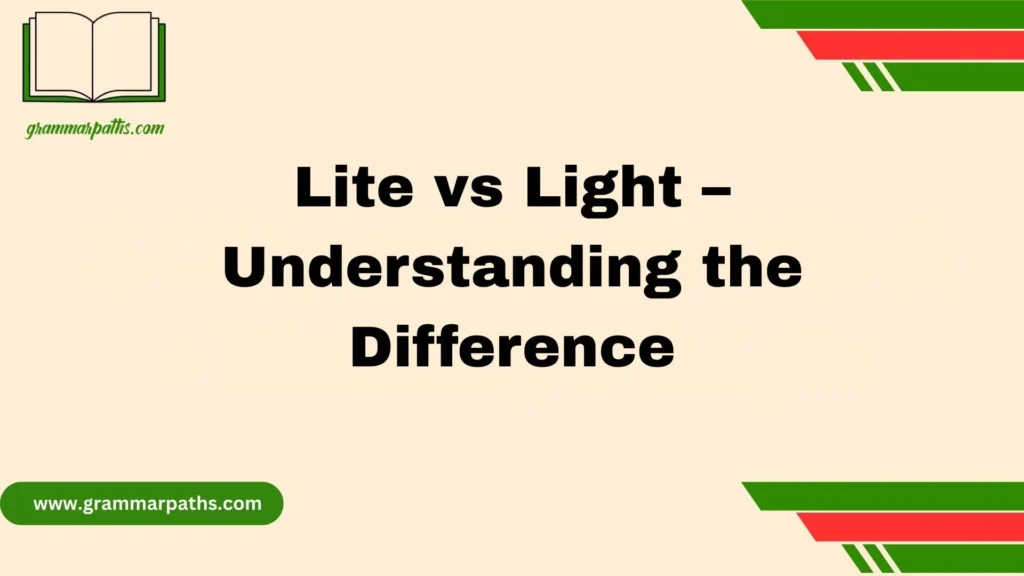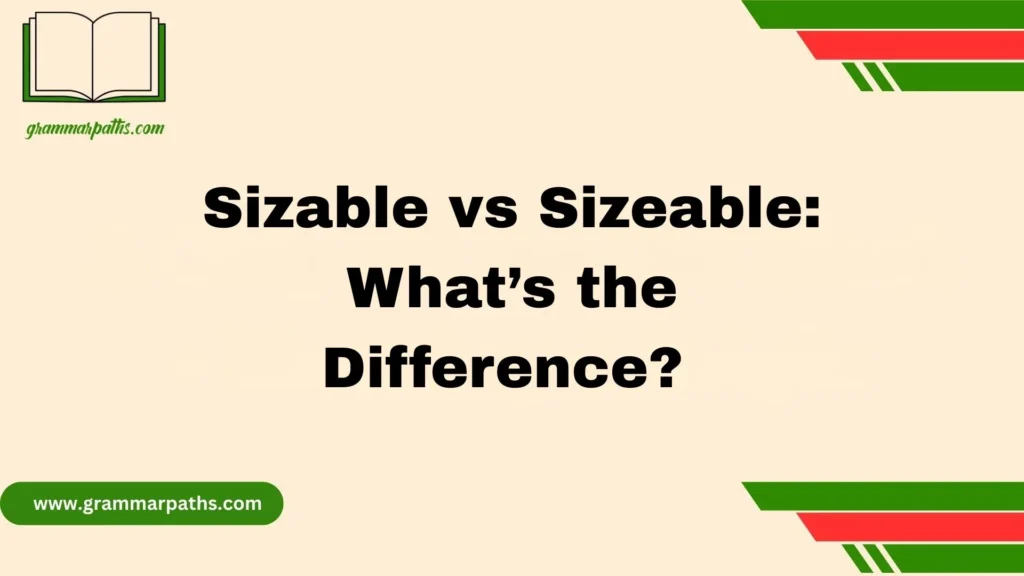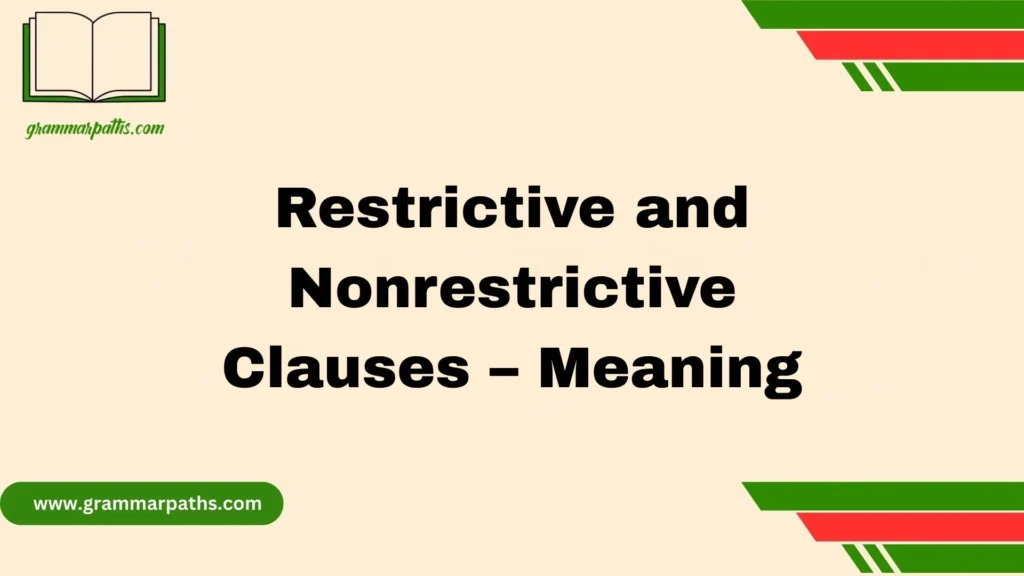In English, it’s easy to get caught up in the confusion between similar-sounding words, especially when they seem to have overlapping uses or spellings. One such pair is “minuet” vs “minute.” While they may sound alike to the ear, they are completely different in meaning, origin, and usage. A “minute” refers to a unit of time—specifically sixty seconds—and is a word we use daily to track time, schedules, and tasks.
On the other hand, a “minuet” is a term from classical music and Baroque-era dance, often seen in compositions by Mozart or Bach. Understanding the difference is crucial, especially for students, writers, musicians, or anyone aiming for clear and precise communication.
The confusion between “minute” and “minuet” often arises due to phonetic similarity and spelling mistakes, making it a common typo or misused word in both spoken and written English. While “minute” can also mean something small or detailed (as in a “minute detail” with a different pronunciation), “minuet” remains strictly tied to its musical roots and choreographed structure.
Many users searching this topic are seeking clarity on the correct usage, the definition of each, and examples that distinguish these terms clearly. This article will help decode the linguistic confusion, clarify the grammar differences, and shed light on how to properly use both “minute” and “minuet” with confidence in conversation, music, and academic writing.
Quick Overview: Minuet vs Minute at a Glance
Before digging deeper, here’s a handy comparison chart that sums up the core differences:
| Aspect | Minuet | Minute |
| Part of Speech | Noun | Noun, Adjective |
| Meaning | A slow, elegant dance or musical form | A unit of time (60 seconds); very small or precise |
| Pronunciation | /ˈmɪnjueɪ/ (min-yoo-et) | /ˈmɪnɪt/ (time), /maɪˈnjuːt/ (tiny) |
| Origin | French, 17th-century dance | Latin, meaning “small part” |
| Usage Contexts | Music, dance, historical culture | Time measurement, description |
What Is a Minuet?
The minuet is a formal dance and a musical form originating in the courts of 17th-century France. The word “minuet” derives from the French word menuet, meaning “small” or “dainty,” which perfectly reflects its graceful and refined style.
Primarily, the minuet is a slow triple-time dance, known for its elegance and structure. It became a staple in aristocratic ballrooms across Europe and later influenced classical composers such as Bach, Mozart, and Beethoven.
Historical Origins of the Minuet Dance
The minuet blossomed during the Baroque period (1600–1750) and was favored by French aristocracy. It was more than a dance—it symbolized social grace, refinement, and order. Nobles used the minuet to display elegance and good manners in a highly ritualized setting.
Key Historical Points:
- Emergence: Early 1600s, France
- Popularized by: King Louis XIV, who incorporated it into court ceremonies
- Dance features: Slow, deliberate steps, balanced posture, and hand gestures
- Spread across Europe: Adopted by English, German, and Italian courts by the 18th century
Musical Features of the Minuet
Musically, the minuet follows a 3/4 time signature, meaning three beats per measure, often with a graceful and flowing rhythm. This rhythmic pattern distinguishes it from other dances such as the waltz, which is faster and more spirited.
Structure of a Minuet:
- Typically divided into two sections called A and B, each repeated
- Often performed in binary form or as part of a larger suite
- Classical examples include:
- Bach’s Minuet in G Major, BWV Anh. 114
- Mozart’s Minuet from Symphony No. 40
- Bach’s Minuet in G Major, BWV Anh. 114
The Dance Itself: Structure and Style
The minuet involves a set of precise, measured steps that require balance and poise. Partners move through a series of bows, turns, and gliding steps, all choreographed to match the music’s rhythm.
Formal Elements:
- Movements are deliberate and symmetrical
- Emphasizes posture and coordination between partners
- Danced in a ballroom setting, often as a courtship dance
Today, the minuet still appears in historical dance performances and ballets, preserving its cultural heritage.
The Modern Legacy of the Minuet
Though no longer a popular social dance, the minuet remains relevant through:
- Music education: Students learn minuets to understand classical rhythms
- Classical concerts: Minuets appear in orchestral suites and solo performances
- Popular culture: The dance and its music feature in films and literature, evoking elegance and tradition
Now Let’s Define: What Is a Minute?
“Minute” primarily refers to a unit of time equal to 60 seconds. It stems from the Latin minuta, meaning “small part,” reflecting its role as a small fraction of an hour.
Beyond time, “minute” functions as an adjective describing something extremely small, precise, or detailed. For example, “minute details” or “minute cracks.”
Multiple Meanings of “Minute
The word minute holds multiple meanings and pronunciations, which can confuse learners:
- Time measurement (/ˈmɪnɪt/):
“The meeting will start in five minutes.” - Tiny or detailed (/maɪˈnjuːt/ or /maɪˈnuːt/):
“She noticed minute differences in the paintings.”
This dual pronunciation makes it tricky but context usually clears it up.
Pronunciation Pitfalls: Minute vs Minuet
Pronunciation matters, especially for ESL learners or anyone aiming to speak clearly.
| Word | Pronunciation (IPA) | Notes |
| Minuet | /ˈmɪnjueɪ/ (min-yoo-et) | Emphasis on first syllable, 3 syllables |
| Minute (time) | /ˈmɪnɪt/ | Two syllables, short and sharp |
| Minute (tiny) | /maɪˈnjuːt/ or /maɪˈnuːt/ | Two syllables, emphasis on second, sounds like “my-newt” |
Tip: If someone says “my-newt,” they probably mean “minute” as an adjective (small), not the dance.
Minute in Daily Conversations
Minute appears frequently in everyday language:
- Time-related phrases:
- “Just a minute.”
- “Every minute counts.”
- “In a minute, I’ll be there.”
- “Just a minute.”
- Describing smallness or precision:
- “She examined the minute details.”
- “Minute traces of dust.”
- “She examined the minute details.”
These examples show how versatile “minute” is, fitting into both casual and formal speech.
Minuet in Modern References
The minuet is less common in daily life but pops up in:
- Literature and film, symbolizing refinement or a bygone era
- Music education, helping students understand rhythm and form
- Classical dance performances and ballet adaptations
It occasionally serves as a metaphor for complex, delicate movements, e.g., “a political minuet” describing cautious negotiations.
Grammar and Part of Speech Differences
Understanding the grammatical roles clarifies usage:
| Word | Part of Speech | Typical Use |
| Minuet | Noun | “They danced a minuet.” |
| Minute | Noun (time) | “The train arrives in ten minutes.” |
| Minute | Adjective (tiny) | “There was a minute crack in the wall.” |
Common Mistakes and How to Avoid Them
Many confuse minuet and minute in writing and speech. Here’s how to avoid that:
- Spelling:
Remember minuet ends with -uet, linked to the dance; minute is shorter and linked to time/detail. - Pronunciation:
Practice “minuet” as /min-yoo-et/ and “minute” (time) as /min-it/. - Meaning:
If referring to time or something small, use minute.
Real-World Usage Examples
Here’s a quick look at correct and incorrect usage in sentences:
| Sentence | Correct? | Explanation |
| He danced a minuet with elegance. | Yes | Refers to the dance |
| Wait a minuet before starting. | No | Should be “minute” (time) |
| She examined the minute details carefully. | Yes | Refers to tiny details |
| The minuet lasts 60 seconds. | No | Time is measured in minutes, not minuets |
Conclusion: Telling Minuet and Minute Apart
Understanding the distinction between “minuet” and “minute” can save you from common grammar mishaps and improve the clarity of your communication. While they may sound similar, their meanings are rooted in entirely different contexts. A “minute” is a time unit used in everyday life and professional settings, while a “minuet” is a classical dance or musical form with historical significance from the Baroque era.
If you’re writing about time, duration, or schedules, you almost certainly mean “minute.” But if you’re discussing orchestral music, ballet, or historical compositions, the correct term is likely “minuet.” Paying attention to these subtle but important differences helps enhance your grammar skills, supports better written communication, and builds your confidence when choosing between commonly confused words in English. Keep learning, stay curious, and let your words dance—whether in minutes or minuets.
FAQs About Minuet vs Minute
Sure! Here’s a clean and simple format with numbered H3 headings and concise two-line answers for each question:
1. Which is correct, minute or minuet?
Minute refers to time or something very small, while minuet is a type of dance. Use “minute” when talking about time—“minuet” is unrelated to clocks or timing.
2. What is a minuet in time?
A minuet is not related to time—it’s a graceful dance from the 17th–18th century. People often confuse it with “minute,” which measures time.
3. Is it minute or minuit?
“Minute” is the correct English word for time; “minuit” is French for midnight. In English, “minute” is always the right choice for time-related contexts.
4. What is a minuet?
A minuet is a slow, elegant dance that originated in France during the Baroque era. It’s often performed in 3/4 time and was popular in classical music and court settings.
5. Is a minuet fast or slow?
A minuet is generally slow and graceful, not fast. It follows a moderate tempo and is often used in classical compositions.

Mia Rose is the passionate writer and founder of GrammarPaths.com, a resource dedicated to helping learners master English grammar, idioms, and writing skills with ease. With a deep love for language and years of experience in teaching and content creation, Mia simplifies complex grammar rules into clear, practical guides that readers can instantly apply.












